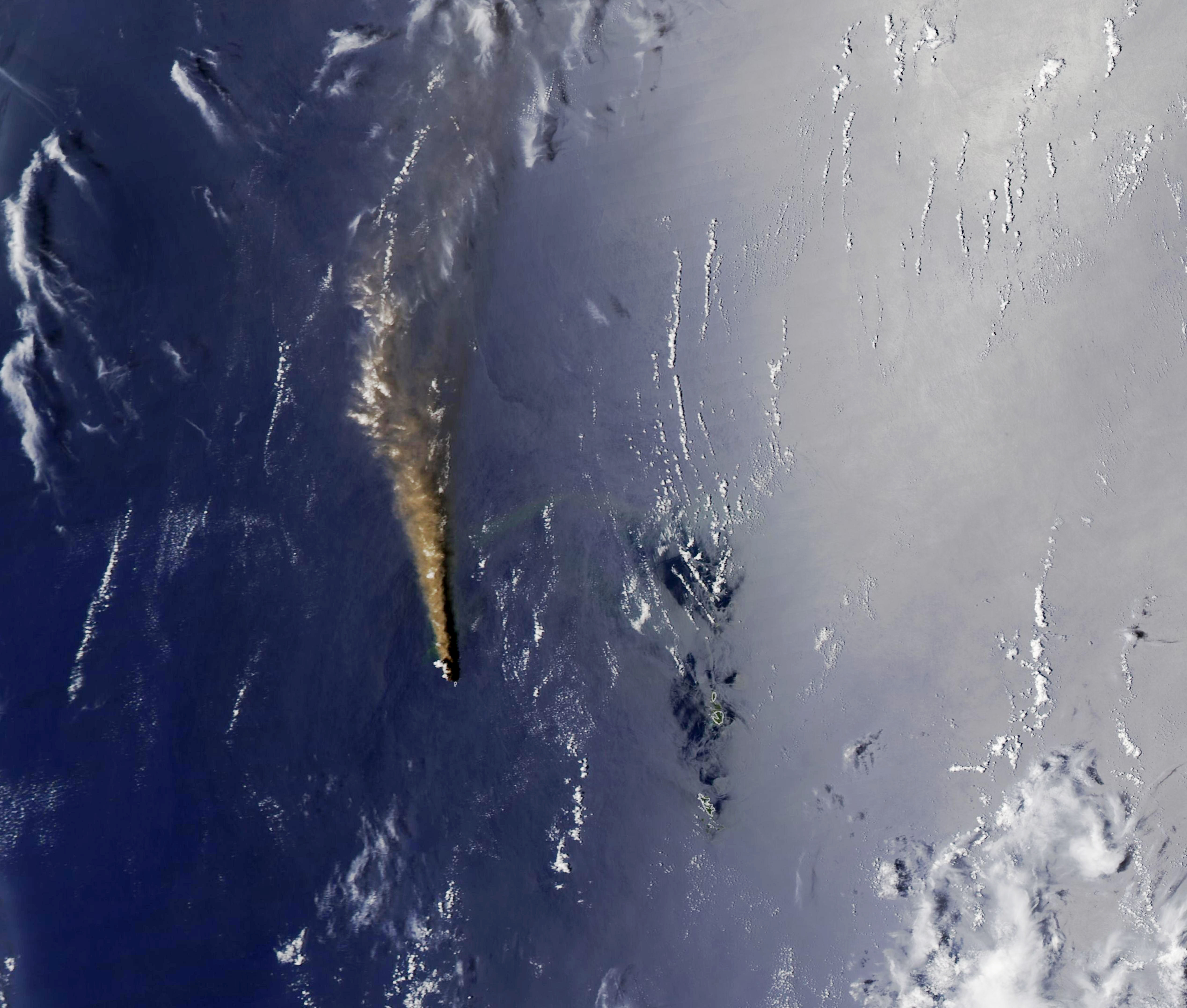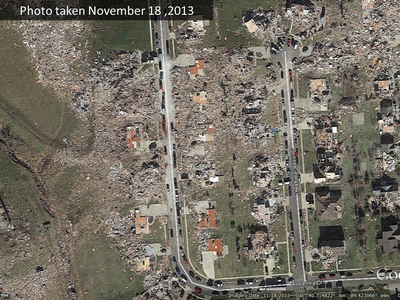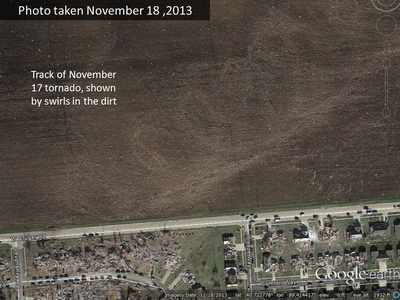NASA recently announced a new international initiative to make global environmental data more easily accessible to scientists and researchers. It was widely reported in March that global air pollution levels dropped during the global economic shutdown and shelter-in-place related to COVID-19. Now scientists are investigating whether the spread of the coronavirus itself could be tied to large scale, seasonal shifts in humidity or temperature.
In particular, NASA is pushing the availability of reanalysis datasets, which can be updated with new observations. It’s not yet clear whether there is any relationship between the rapid spread of the pandemic and the sort of environmental changes that can be tracked in these data. However, with more remote sensing data on hand – using both ground sensors and satellite imagery – scientists are optimistic that in the long run there will be a better understanding of how seasonal changes might affect the virus.
https://earthobservatory.nasa.gov/features/covid-seasonality

























